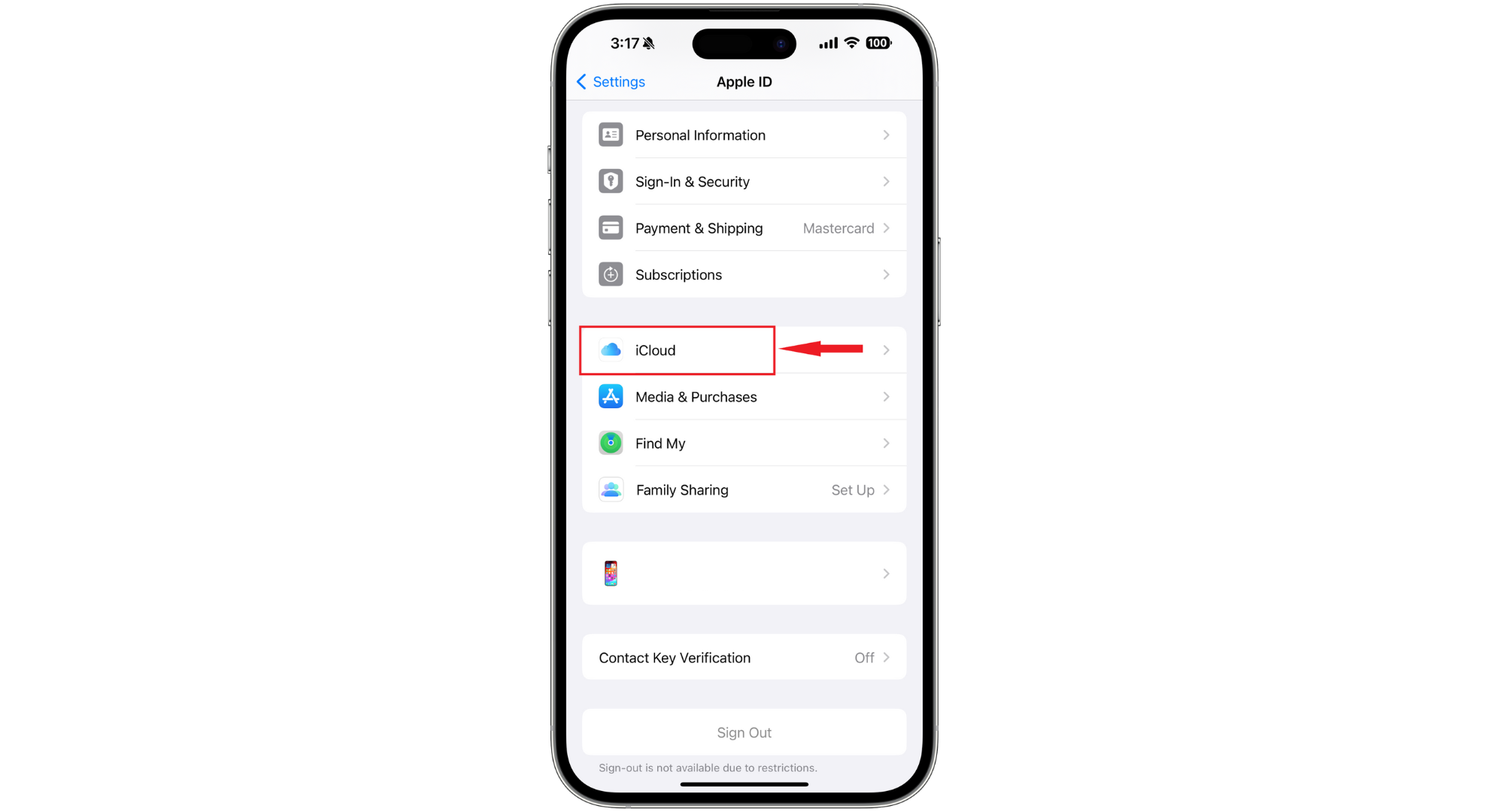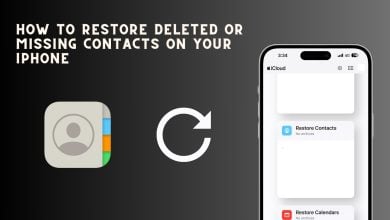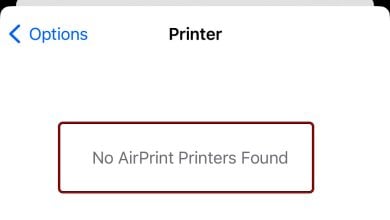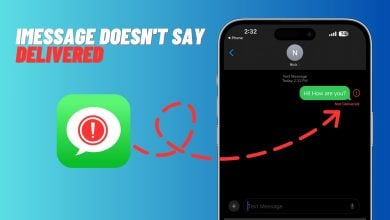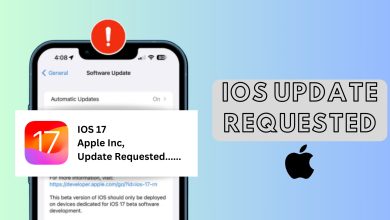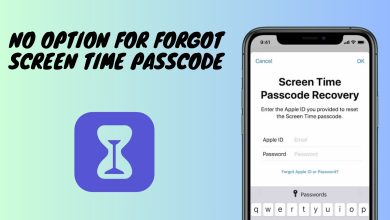How to Unsync iPhone from iPad: 5 Different Ways [2024]
- Unsyncing your iPhone from your iPad can enhance privacy, create clear device roles, and manage storage space more efficiently.
- You can unsync devices through various methods, including changing Apple IDs, tweaking iCloud settings, disabling Handoff, managing through iTunes, and turning off iMessage on the iPad.
- Resyncing your devices later is straightforward, allowing you to adjust their connection as needed without losing data.
Apple makes it easy for your iPhone, iPad, and other devices to share your data, like music and photos, using iCloud, Family Sharing, and iTunes. This means you can see your favorite shows or share files with friends and family across all your devices.
But if your iPhone and an iPad are linked, you might want to separate them to keep some things private, like messages or photos. If you’re not sure how to do that, don’t worry. In this guide, we’ll explain what syncing is, why you might want to unsync your iPhone from your iPad, and how to do it.
Table of Contents
What is iPhone to iPad syncing?
Syncing is like ensuring all your gadgets, such as your iPhone and iPad, have everything similar and have the same data. It’s about keeping your information flowing smoothly from one device to another.
If you do something on one device, like take a picture with your iPhone, it will appear on your iPad. This is done through iCloud, which is Apple’s way of keeping your stuff safe and accessible over the internet on all your iOS devices.
iCloud acts like a middle person, always ensuring that whatever you change or add, like new photos, emails, favorite websites in Safari, or notes, gets updated everywhere immediately. This way, your iPhone and iPad always have the same, most recent information.
READ MORE: How To Mirror iPhone or iPad to TV – 3 Methods That Work in 2024 ➜
Why unsync your iPhone from iPad devices?
Syncing your iPhone and iPad means sharing everything, like photos and messages. But sometimes, you might not want all that stuff mixing. Here’s why you might decide to keep your iPhone and iPad separate:
- Privacy concerns: You might want to keep your personal info away from your work device. For example, you wouldn’t want private texts or photos popping up on an iPad you use for work. Keeping devices unsynced helps keep your personal life and work life separate.
- Need for separate devices: If you unsync, you can use each device for its own purpose. One could be just for work and the other just for personal use. This also helps when family members share devices, so everyone’s stuff doesn’t get mixed up.
- Saving space: Not syncing means you can choose what to keep on each device. This way, you don’t end up with the same photos or videos taking up space on both your iPhone and iPad.
READ MORE: How to Fix iPad Touch Screen Not Working Issue? ➜
How to unsync your iPhone and iPad?
If you want to stop your iPhone and iPad from sharing everything with each other, here’s how to do it, step by step. Depending on your needs, we’ll guide you through different ways to unsync them. Remember, the process is reversible, so you can always resync them if you decide to.
1. Unsync iPhone from iPad completely by removing Apple ID
You’ll need to use unique Apple IDs for each device to completely stop your iPhone and iPad (or another iPhone) from syncing. This step is significant if the second device is used by someone else in your household, like your children, spouse, or another family member.
Using separate Apple IDs ensures that each device maintains its privacy and content, avoiding any unwanted information sharing. Here’s how to switch Apple IDs:
- In your iPad “Settings,” tap on your name at the top and select “Sign Out” at the bottom.
Tap Sign Out - Choose what you want to keep, then hit “Sign out.”
Select all the required options - A confirmation prompt will appear. Tap “Sign Out” again.
Tap Sign Out again - To log in with a new Apple ID, open the Settings app again, tap “Sign in to your iPhone,” enter the new Apple ID details, and tap “Continue.”
Tap Continue
READ MORE: [FIX] ‘Sign Out is Not Available Due to Restrictions’ in Apple ID ➜
2. Unsync iPhone and iPad without disconnecting Apple ID
Completely removing your iPad from your Apple ID stops all the syncing features, but there are better choices. Doing so means you’ll lose access to handy features like Apple Pay and any subscriptions you’ve paid for.
Luckily, a less drastic option is turning off iCloud syncing for specific apps. This approach allows you to customize what information is shared between your devices. Here’s a step-by-step guide:
- Open the Settings app on your device. You’ll see your Apple ID name at the top of the settings menu. Tap on it to go to your “Apple ID” settings.
Tap on your Name and Profile picture - Once there, look for and tap on “iCloud.”
Tap on iCloud - Select “Show all.”
Tap Show All - Now, you’ll see a list of all the apps that use iCloud to sync data. They’re usually turned on to sync automatically. Find the apps you don’t want to sync between your iPhone and iPad and switch their toggles to off.
Select the apps you want to unsync
This method is great because it lets you control what gets synced without cutting off all the benefits of your Apple ID.
3. Unsync your iPhone from an iPad by disabling Handoff
Handoff is an excellent Apple feature that lets you move your work from one device to another without a hitch. For example, if you start writing an email on your iPhone, you can pick up right where you left off on your iPad.
You can even copy something on your iPad and paste it on your iPhone. But if you want your iPhone and iPad to act more independently, you can turn off Handoff. Here’s how to do it:
- Open the Settings app on either iPad or iPhone. Scroll until you find the “General” option and tap on it.
Tap General - Find “Handoff & Airplay” within the General settings and tap on it to see its settings.
Tap on Handoff & Airplay - There’s a toggle switch next to Handoff. Slide this switch to the left to turn off Handoff.
Tap to turn off the toggle
This action will stop automatically sharing tasks and clipboard content between your iPhone and iPad, helping you keep your activities separate on each device.
READ MORE: How to See Clipboard History on Your Mac in 3 Easy Steps ➜
4. Unsync iPhone from iPad using iTunes
You can also unsync your Apple devices using iTunes. If you have iTunes on your computer, it lets you see all the devices linked to your Apple ID. From there, you can choose which ones you no longer want to sync. Here’s how to use iTunes to stop syncing between your iPad and iPhone:
- Open the iTunes program on your computer, look for the “Account” option in the menu, then tap “View My Account.”
Tap on View My Account - You can view all devices linked to your Apple ID. If prompted, enter your password.
- Find the “iTunes in the Cloud” section and tap “Manage Devices.” You will see this option if multiple devices are using your Apple ID.
Tap on Manage devices - Here, you’ll see a list of all the devices connected to your Apple ID. Find your iPad or iPhone in the list and tap “Remove” to unsync it.
Tap Remove next to device
This method allows you to manage which devices are synced with your Apple ID without changing any settings directly on your devices.
READ MORE: How to Move iTunes Library to Another PC? ➜
5. Unsync iPhone messages on iPad
Nowadays, we get many important texts, like bank codes or social media login details, through SMS. If these messages pop up on devices like your iPad, stopping them for more privacy and security is a good option. Here’s a simple way to do it:
- Open the settings on your iPad and keep scrolling until you see the “Messages” app. Tap on it, then find “iMessage” and tap that too.
Tap iMessages - You’ll see a switch next to iMessage. Turn this switch off to stop getting messages on your iPad.
Tap the toggle to turn it off
READ MORE: iPhone 9 – 4 Reasons Why Apple’s Lost iPhone Doesn’t Exist ➜
Final thoughts
Figuring out how to unsync your iPhone from your iPad helps keep your info private, saves space, and maintains work and personal stuff separate. We’ve shown you several easy ways to do this: using different Apple IDs, turning off iCloud for some apps, stopping the Handoff feature, managing devices with iTunes, or keeping messages off your iPad.
By following these simple steps, you can decide how your devices connect. And if you ever change your mind, it’s easy to sync them back up. This guide allows you to use your Apple devices exactly how you want to.
FAQs
If you’re using iCloud, the same apps, files, and info will appear on your iPhone and iPad. You can also look in your settings to see which devices are connected.
No, you won’t lose any data. Unsyncing your iPad and iPhone from sharing means they won’t automatically share apps or certain features anymore. All your data will still be there on each device, and you can use it usually.
Yes, you can resync your iPad and iPhone back together. Go into both devices’ iCloud settings and choose what you want them to start sharing again. When you sync them up, their data and settings will come together. Just make sure to check what you’re syncing so everything matches up how you want it.
Unsyncing won’t directly free up storage space on your devices, but it can help manage your storage better. For example, if you turn off iCloud Photos, new photos won’t automatically save to both devices, potentially saving space.
 Reviewed by
Reviewed by 






